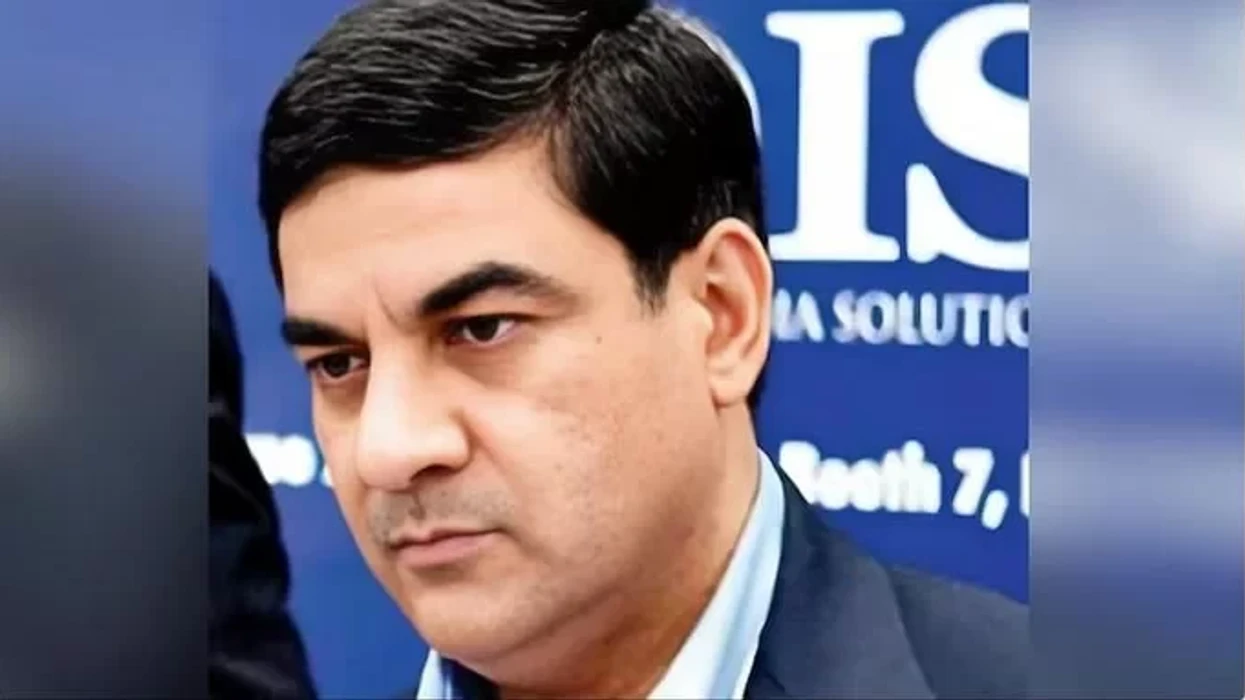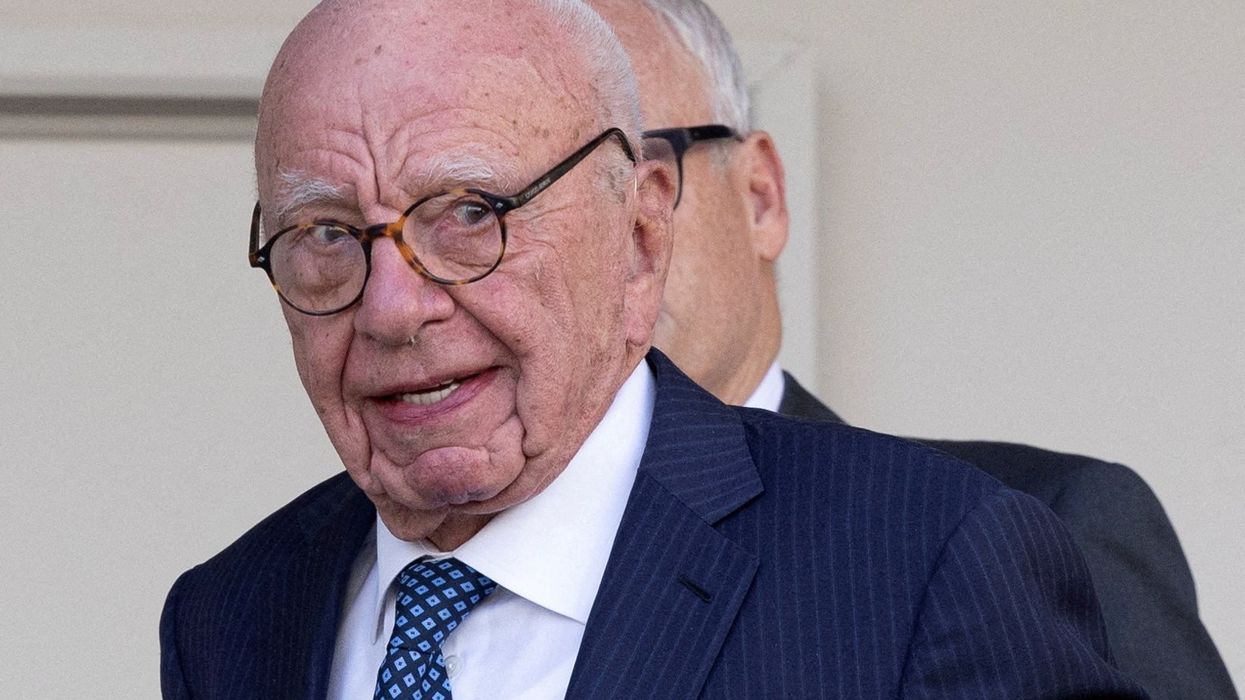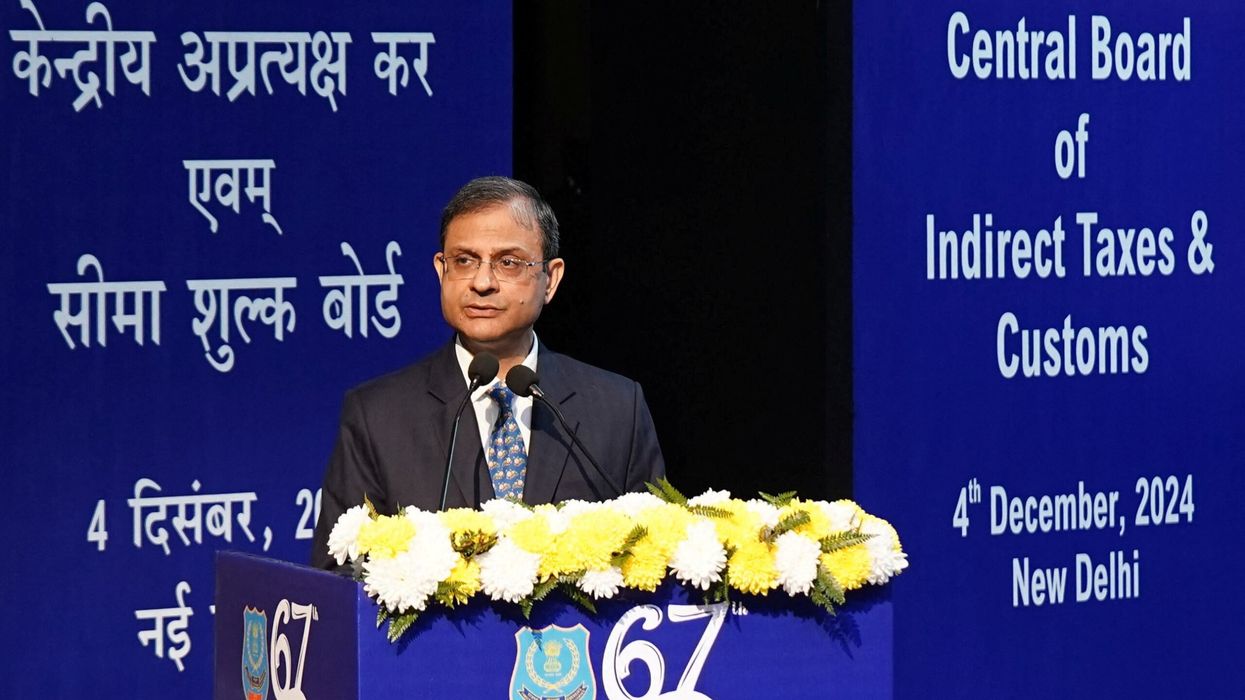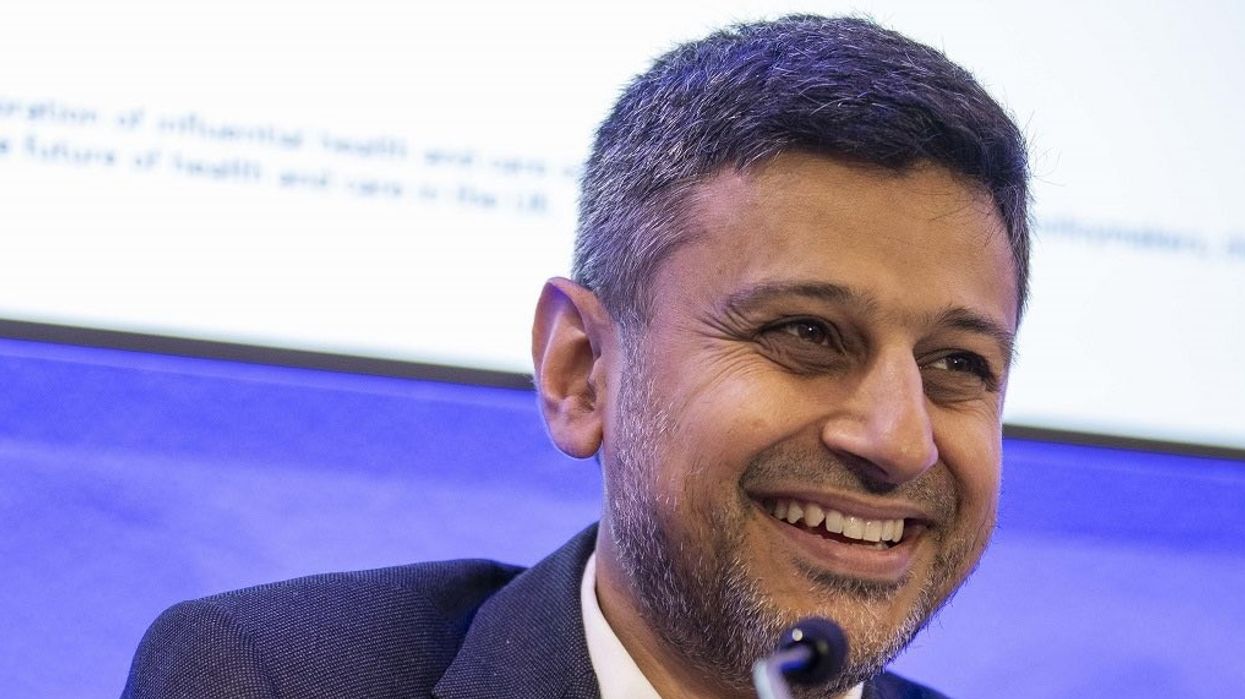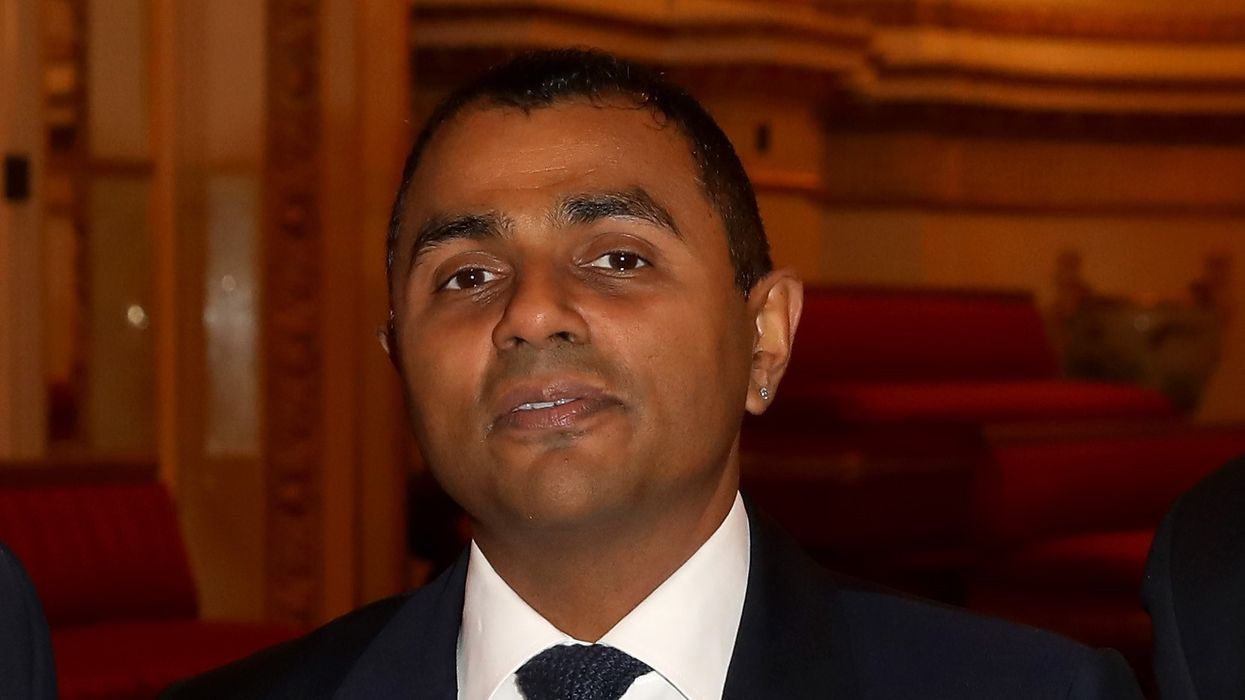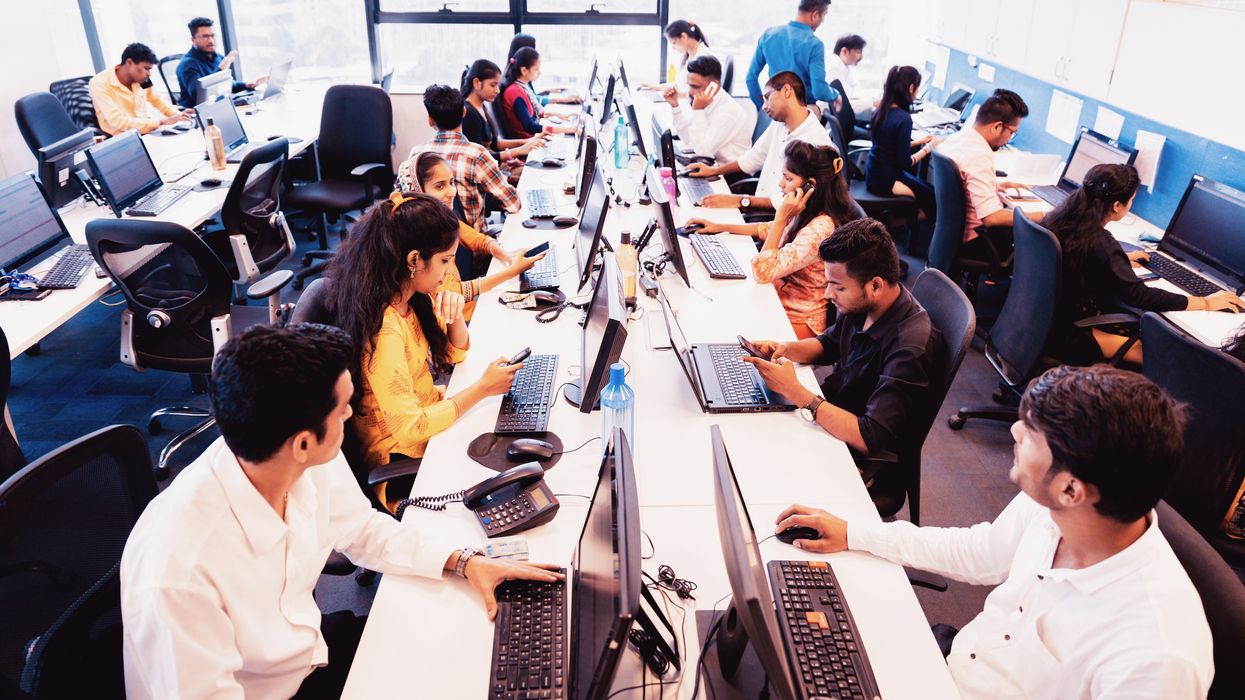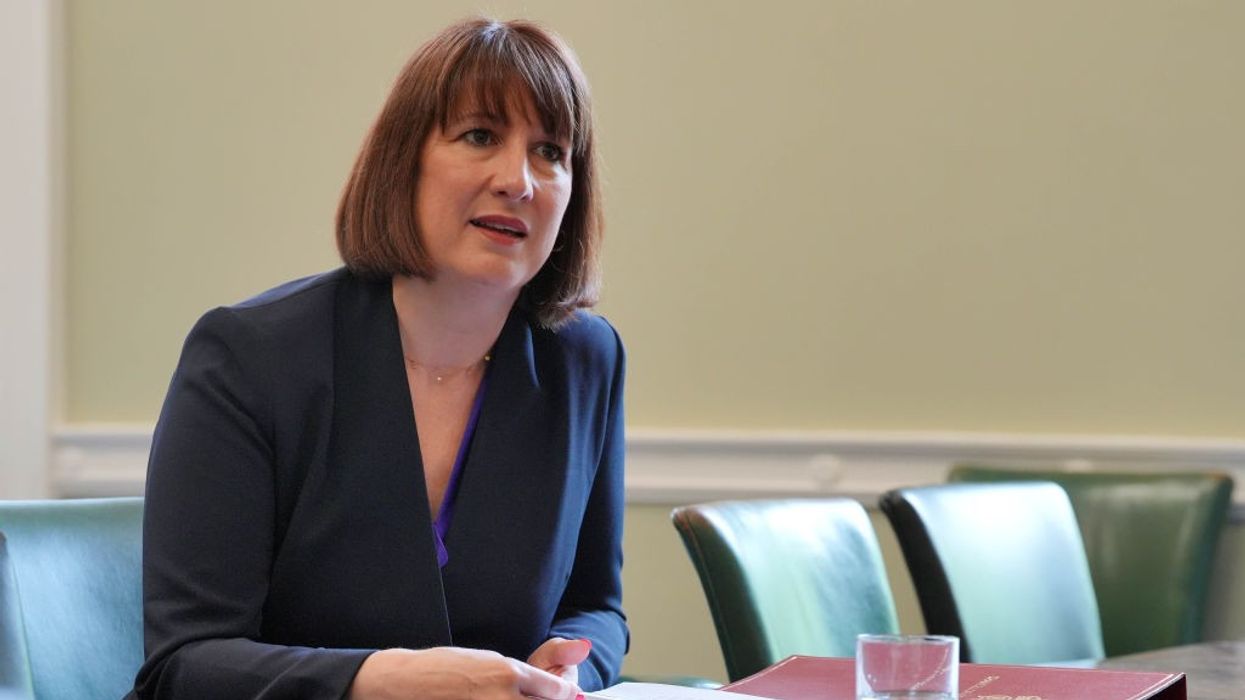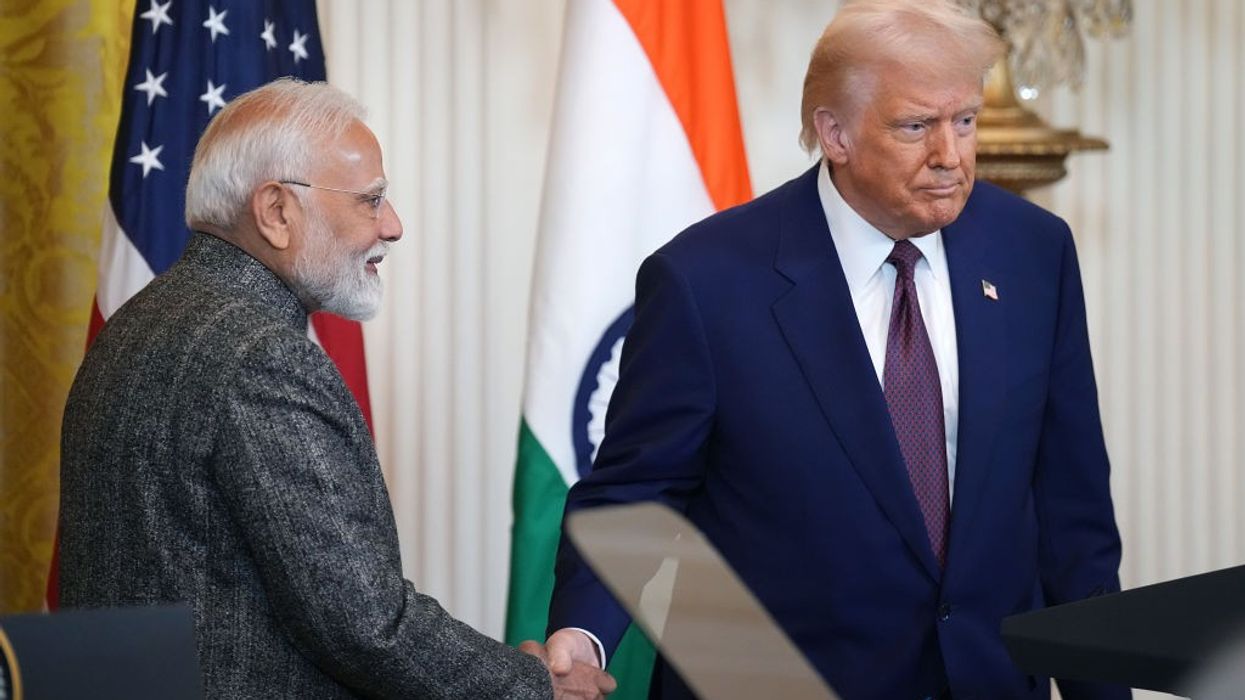INFLATION has slowed sharply to the lowest level in more than two years on falling petrol prices, official data showed Wednesday (20), easing a cost-of-living crisis after aggressive interest-rate hikes.
The Consumer Prices Index hit 3.9 per cent in November from 4.6 per cent in the previous month, attaining the weakest rate since September 2021, the Office of National Statistics said.
The news handed a further boost to embattled prime minister Rishi Sunak after inflation had already achieved his goal of falling below five per cent in October.
Chancellor of the Exchequer Jeremy Hunt welcomed the news but conceded that Britons were still struggling with elevated consumer prices.
"With inflation more than halved we are starting to remove inflationary pressures from the economy," said Hunt.
"We are back on the path to healthy, sustainable growth. But many families are still struggling with high prices so we will continue to prioritise measures that help with cost of living pressures."
Sunak is currently seen as unlikely to win next year's general election, as his governing Conservatives trail Keir Starmer's main opposition Labour party.
Rate freeze
November marked a sharper slowdown than expectations of 4.3 per cent, but the rate is nevertheless almost double the Bank of England's official target of 2.0 per cent.
"Inflation eased again to its lowest annual rate for over two years, but prices remain substantially above what they were before the invasion of Ukraine," said ONS chief economist Grant Fitzner.
"The biggest driver for this month's fall was a decrease in fuel prices after an increase at the same time last year. Food prices also pulled down inflation, as they rose much more slowly than this time last year."
The news comes one week after the BoE froze its key interest rate at a 15-year peak of 5.25 per cent - but warned that it will remain elevated to tackle stubbornly high consumer prices.
Inflation had surged to a 41-year peak at 11.1 per cent in October 2022, stoked by spiking energy prices after the invasion of Ukraine by major oil and gas producer Russia and sparking a cost-of-living squeeze in Britain.
Still too high
Wednesday's data sparked speculation the BoE could now decide to start cutting borrowing costs next year.
However, core inflation - which strips out food and energy costs - eased only slightly to stand at 5.2 per cent in November from 5.6 per cent in October.
"The sharper-than-expected fall in inflation in November is good news, pointing to a continued easing in price pressures," noted Deloitte senior economist Debapratim De.
"Those hoping that this allows the Band of England to soften its relatively hawkish stance on interest rates might be disappointed though.
"Measures of underlying pricing strength, such as core and services inflation, have eased further but still remain at elevated levels."
The BoE had stated last week that monetary policy would need to be "restrictive for an extended period of time" in order to return inflation to its target level.
And its governor, Andrew Bailey, cautioned that there was "still some way to go" in policymakers' efforts to dampen inflationary pressures.
(AFP)
Inflation hits lowest level in more than two years
The Consumer Prices Index hit 3.9 per cent in November from 4.6 per cent in the previous month

